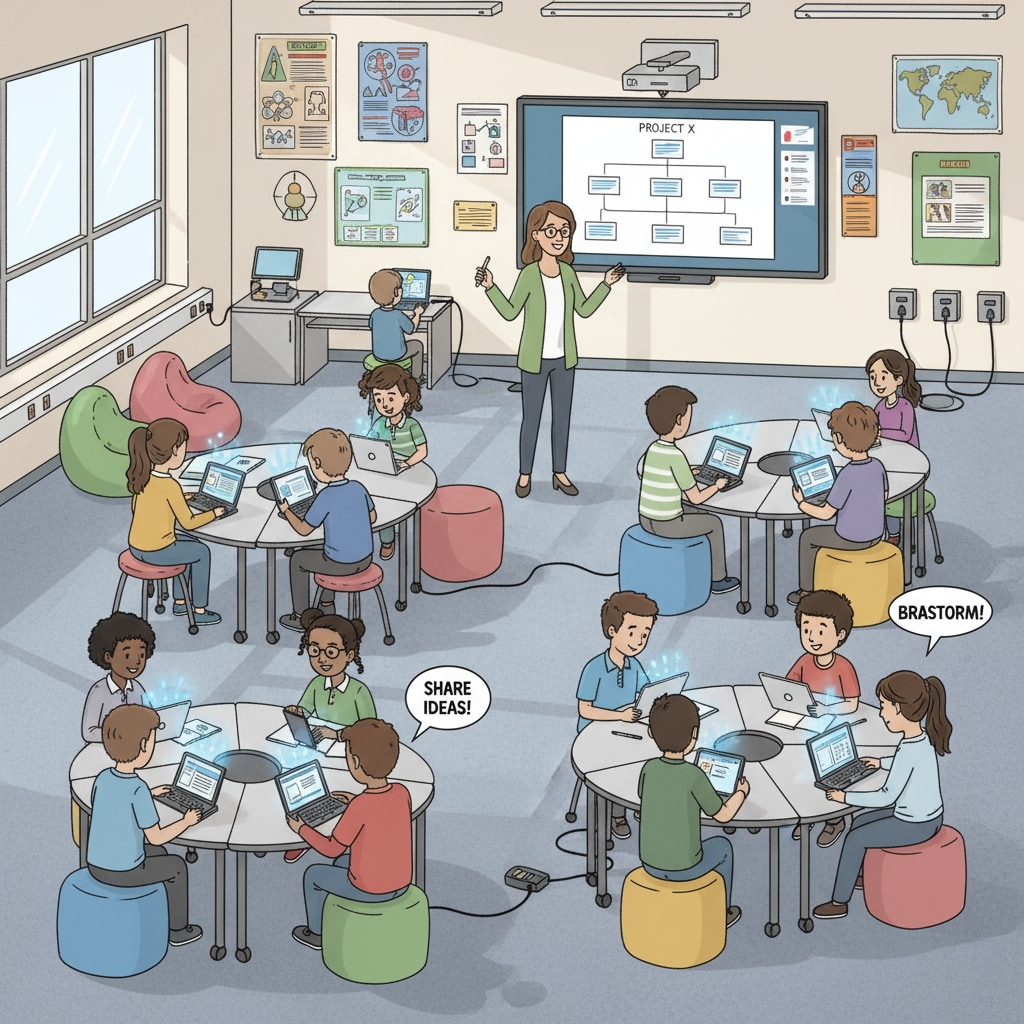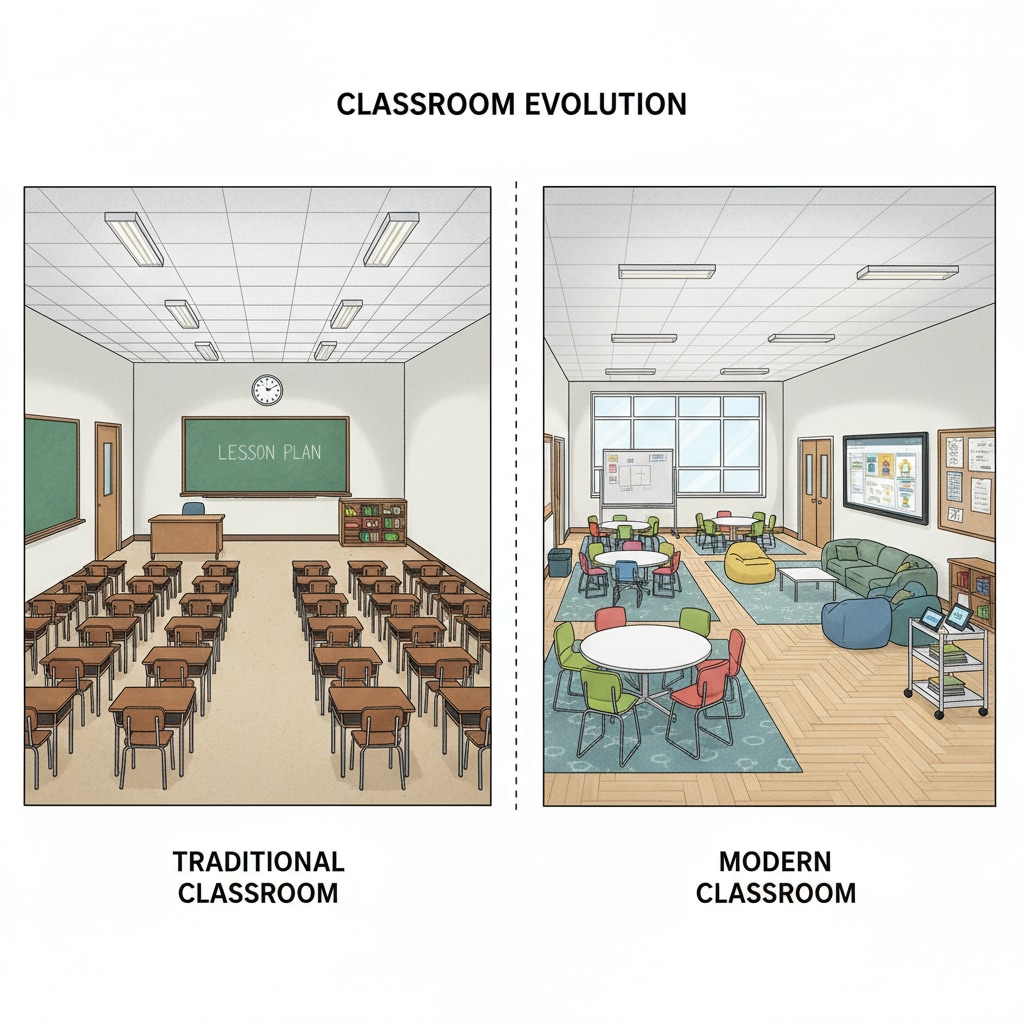Architecture design plays a crucial role in shaping K-12 educational spaces to meet the unique needs of teenagers. In today’s digital age, as the new generation of digital natives enters the educational system, their learning styles and spatial requirements have undergone a fundamental transformation. However, the current educational space design has not kept pace with these changes. This article delves into the gaps in modern K-12 educational space design and explores how innovative architecture design can respond to the diverse learning experience needs of teenagers.

The Changing Landscape of Teenager Learning Needs
Teenagers today are digital natives, growing up in an environment saturated with technology. Their learning styles are characterized by interactivity, collaboration, and access to vast amounts of information. They prefer hands-on learning experiences, group projects, and the use of digital devices to enhance their understanding. According to Pew Research Center, the widespread use of technology in daily life has significantly influenced how these young people approach learning. For example, they are more likely to engage in online research, participate in virtual discussions, and use educational apps to supplement their studies. As a result, educational spaces need to accommodate these new ways of learning, providing areas for group work, access to technology, and adaptable environments.
The Gaps in Current K-12 Educational Space Design
Traditional K-12 educational spaces often feature rows of desks facing a teacher at the front of the classroom. This layout is designed for a passive learning model where the teacher is the primary source of information. However, it fails to support the active and collaborative learning needs of today’s teenagers. Additionally, the lack of dedicated spaces for hands-on activities, technology integration, and flexible learning arrangements limits the potential for effective learning. Many schools also struggle with outdated infrastructure, insufficient natural light, and poor acoustics, all of which can impact the learning experience. For instance, a study by Edutopia found that students in classrooms with poor lighting and noise issues showed lower levels of engagement and academic performance.

To address these gaps, architecture design must play a leading role. Innovative designs can create educational spaces that are not only functional but also inspiring and conducive to learning. For example, incorporating flexible seating arrangements, such as movable desks and modular furniture, can facilitate group work and individual study. Designing spaces with multiple zones for different types of activities, like a maker space for hands-on projects or a quiet reading corner, can meet the diverse needs of students. Moreover, integrating technology into the architecture, such as smart boards, charging stations, and high-speed internet access, is essential for the digital learning experience.
Readability guidance: By using short paragraphs and lists, we can clearly present the key points. Each H2 section contains a list of relevant factors. The passive voice and long sentences are kept to a minimum, and transition words like “however,” “additionally,” and “for example” are used throughout to enhance the flow of the article.


